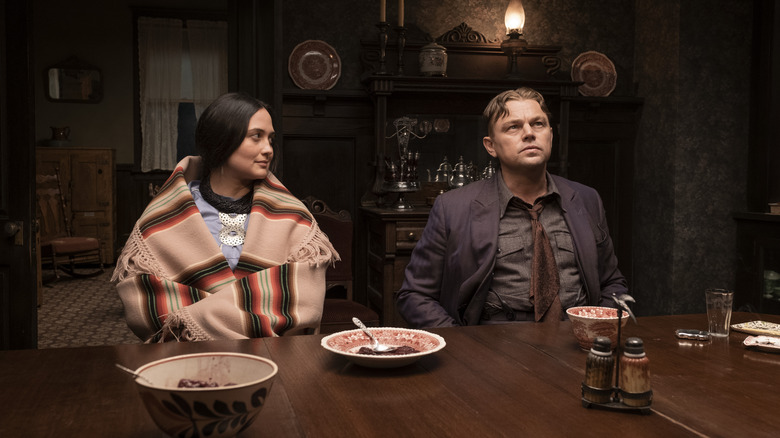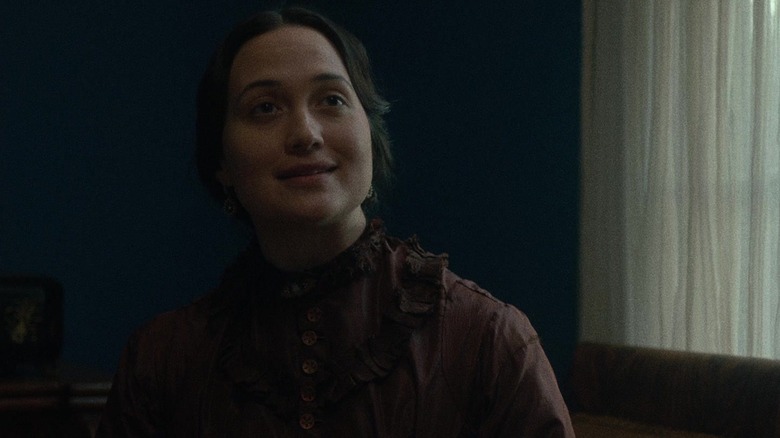Martin Scorsese Changed Killers Of The Flower Moon To Work With The Osage Nation
There is a long, exceptionally troubled history of Hollywood making movies either about or involving Indigenous communities. For most of it, they have been depicted at best insensitively, and at worst about as violently disrespectful and offensive as a group of people could be portrayed, to the point where they aren't even seen as people. Even today, Indigenous communities receive broad characterizations or are used as the inspiration for an alien species in a very lucrative franchise. Finding Indigenous stories made by and about Indigenous people in the world of film is like finding a needle in a haystack (movies like "Wild Indian" being very much the exception to the rule). People may be calling for a greater diversity in the films that get made, but rarely does that call include Indigenous voices.
There are, of course, white filmmakers who do their best to involve these communities into their filmmaking process if they have decided to make a film that involves them. Such filmmakers know that they don't know everything and want to involve the voices and ideas of other people, especially the ones vastly different from themselves. No one assumes Martin Scorsese is some expert on the history of Osage Nation, but they are at the center of his newest film, "Killers of the Flower Moon," which is set to come out in 2023. Of course, he has very strong ideas about how he wants to adapt the non-fiction book by David Grann about several murders of Osage people in 1920s Oklahoma, but he was perfectly willing to evolve the material out of the desire to portray the Osage people on screen accurately, sensitively, and humanly.
'Let the world inform the work'
Among the stars of "Killers of the Flower Moon" is Lily Gladstone, the Indigenous actor of Blackfeet and Nimíipuu descent who burst onto the indie scene with a phenomenal performance in Kelly Reichardt's "Certain Women." Speaking with Variety, she explained how "Killers of the Flower Moon" changed quite a great deal from the movie Martin Scorsese originally set out to make, and that change is due entirely to how the actual Osage Nation impacted the film when they started shooting:
"The work is better when you let the world inform the work. [...] That was very refreshing how involved the production got with the [Osage Nation] community. As the community warmed up to our presence, the more the community got involved with the film. It's a different movie than the one [Scorsese] walked in to make almost entirely because of what the community had to say about how it was being made and what was being portrayed."
Obviously, because the movie isn't out, we won't know exactly how things evolved over the course of the film's production, but I am heartened that an 80 year-old like Scorsese would be so receptive to changing his film if the material was inauthentic or potentially offensive to the Osage Nation. A lot of people of his age and stature would simply charge ahead, especially when they are wrangling a massive $200 million budget. Of course, we have heard stories about Indigenous advisors in films before that ended up still upsetting those communities, but I will remain optimistic that a filmmaker as emotionally open as Scorsese can deliver.

